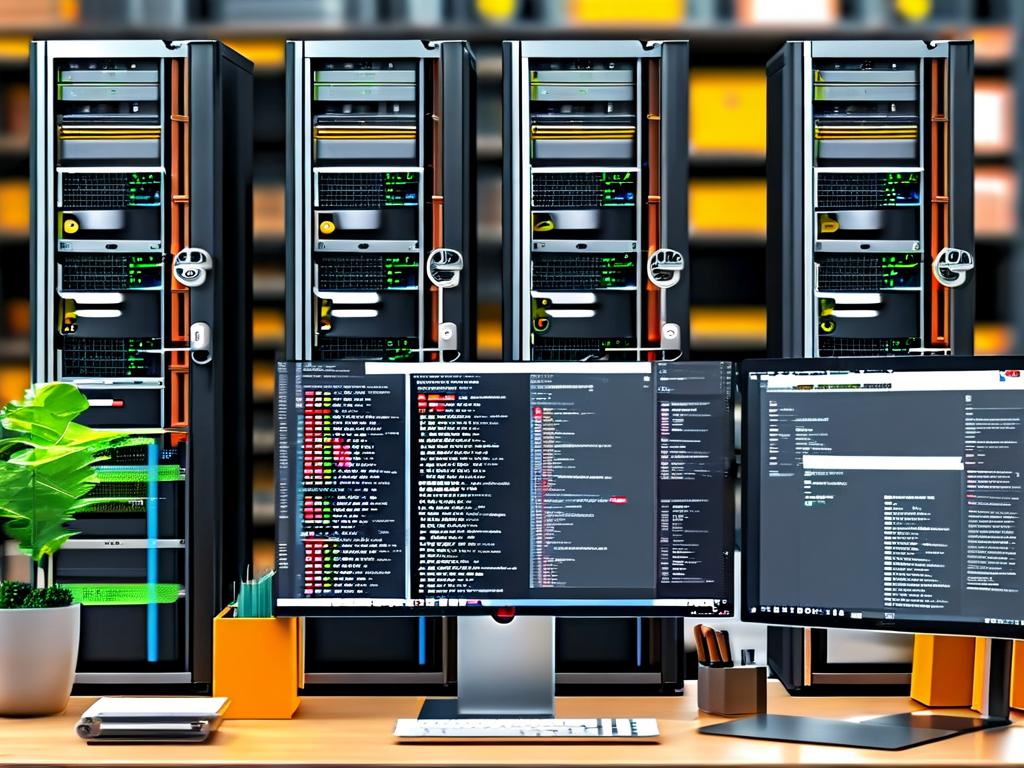In today’s fast-paced software development landscape, organizations are under increasing pressure to deliver high-quality applications quickly and reliably. Traditional deployment methods, which often involve manual processes and fragmented workflows, struggle to meet these demands. Enter Jianmu Automation Deployment—a cutting-edge approach to CI/CD (Continuous Integration/Continuous Deployment) that redefines how teams build, test, and release software. This article explores the principles, benefits, and implementation strategies of Jianmu automation deployment, offering insights into why it has become a cornerstone of modern DevOps practices.
What is Jianmu Automation Deployment?
Jianmu, named after the mythical "World Tree" in Chinese folklore that connects heaven and earth, symbolizes a unified pipeline bridging development and operations. In technical terms, Jianmu automation deployment refers to a robust framework that automates the entire software delivery lifecycle—from code integration and testing to deployment and monitoring. Unlike conventional CI/CD tools, Jianmu emphasizes scalability, flexibility, and visibility, enabling teams to adapt to complex workflows while maintaining control over their processes.
Core Components of Jianmu CI/CD
-
Integrated Pipeline Orchestration:
Jianmu’s pipeline-as-code architecture allows developers to define workflows using declarative configuration files. This eliminates the need for manual intervention and ensures consistency across environments. For example, a typical pipeline might include stages like:- Code Commit: Triggering builds automatically when changes are pushed to repositories like Git.
- Automated Testing: Running unit, integration, and security scans in parallel.
- Artifact Packaging: Bundling code into containers or binaries.
- Environment-Specific Deployment: Rolling out updates to development, staging, and production clusters.
-
Hybrid Cloud Compatibility:
Jianmu supports multi-cloud and on-premises environments, making it ideal for enterprises with hybrid infrastructure. Integration with Kubernetes, AWS, Azure, and Alibaba Cloud ensures seamless deployment regardless of the target platform. -
Real-time Monitoring and Rollback:
Built-in dashboards track pipeline performance, while automated rollback mechanisms revert deployments if errors are detected. This reduces downtime and mitigates risks associated with faulty releases.
Advantages of Adopting Jianmu Automation
-
Accelerated Time-to-Market:
By automating repetitive tasks, teams reduce deployment cycles from days to minutes. A case study by a fintech company showed a 70% reduction in release time after adopting Jianmu. -
Enhanced Collaboration:
Developers, testers, and operations teams share a unified platform, breaking down silos. Version-controlled pipelines ensure everyone works with the latest configurations. -
Cost Efficiency:
Automated scaling optimizes resource usage. For instance, cloud costs dropped by 40% for an e-commerce firm using Jianmu’s dynamic resource allocation. -
Improved Reliability:
Pre-deployment checks—such as chaos engineering simulations—identify vulnerabilities early. One telecom provider reported a 90% decrease in post-release incidents.
Implementing Jianmu Automation: A Step-by-Step Guide
-
Assess Current Workflows:
Map existing deployment processes to identify bottlenecks. Tools like value stream mapping can highlight inefficiencies in testing or approvals. -
Choose the Right Tools:
Jianmu integrates with popular DevOps tools like Jenkins, Terraform, and Prometheus. Select plugins that align with your tech stack. -
Design Modular Pipelines:
Break pipelines into reusable components. For example, a “security scan” module can be shared across microservices.
-
Iterate with Feedback Loops:
Gather input from stakeholders to refine pipelines. A/B testing deployment strategies (e.g., blue-green vs. canary) helps identify optimal approaches. -
Train Teams:
Offer workshops on pipeline scripting and monitoring. Certifications in Jianmu’s ecosystem (e.g., Jianmu Certified Engineer) boost adoption.
Case Study: Streamlining Healthcare Software Deployment
A healthcare SaaS provider faced challenges deploying updates to its HIPAA-compliant platform. Manual approvals and inconsistent testing caused delays and compliance risks. After implementing Jianmu:

- Deployment frequency increased from monthly to weekly.
- Compliance audits became fully automated, reducing manual oversight by 80%.
- Critical vulnerabilities were detected 50% faster via integrated security scans.
The Future of Jianmu Automation
Emerging trends like AI-driven pipeline optimization and GitOps integration are shaping Jianmu’s evolution. Predictive analytics could soon forecast deployment risks, while low-code interfaces might democratize pipeline creation for non-developers.
Jianmu automation deployment represents a paradigm shift in CI/CD, combining speed, reliability, and collaboration into a single cohesive framework. As organizations embrace digital transformation, adopting Jianmu is no longer a luxury but a necessity to stay competitive. By automating the mundane and empowering teams to focus on innovation, Jianmu ensures that the journey from code commit to production is as seamless as the mythical World Tree itself.









